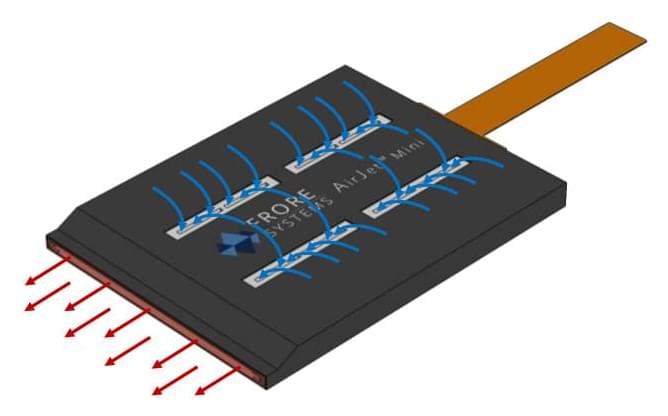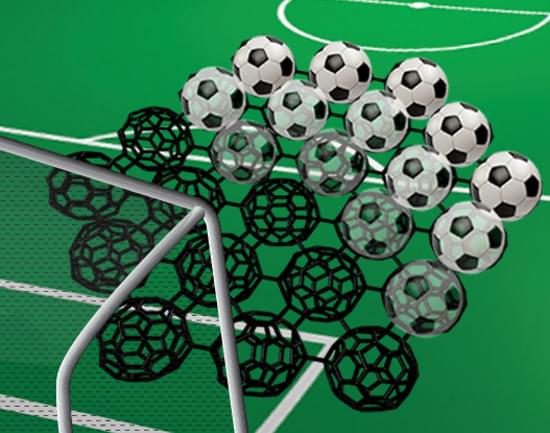Jan 25, 2023
Recyclable mobile phone batteries are a step closer with rust-busting invention
Posted by Quinn Sena in categories: innovation, mobile phones
Mobile phone batteries with a lifetime up to three times longer than today’s technology could be a reality thanks to an innovation led by engineers at RMIT University.
Rather than disposing of batteries after two or three years, we could have recyclable batteries that last for up to nine years, the team says, by using high-frequency sound waves to remove rust that inhibits battery performance.
The research is published in Nature Communications.

















